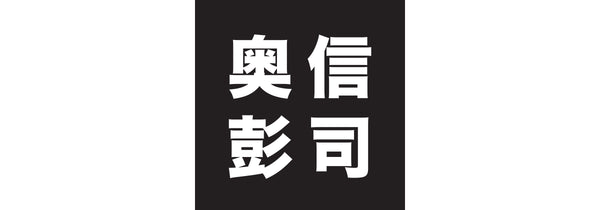
20x24 inches, gelatin silver photograph

16x20 inches, gelatin silver photograph
Wild Goose
I have this wild goose kite for almost thirty-three years. In my wane memories, I bought it when I was on a photo shoot in 1987, in Tianjin, China. I bought two different kites, a red gold fish, with big belly and enormous tail, and this pinkish goose with huge wings. The gold fish had gone years ago but the goose stays with us during our many times of transitions. The first time it was put into use was as a prop, held by Sunny Pang, the choreographer in my portrait work “89 • The Golden Lotus • Footsteps of June”. When I started to explore photograms in the early nineties, I used the goose to produce an image, which was employed in the annual cover of Dislocation Magazine volume 3, 1995. Part of the photogram was used again, as cover for my little photo book “Holly Lee Selected Photographs” in 1996.
Wire
When did we produce this abstract photogram, where a number of objects scattered in this vast black space? I can still recognize most of them: a 6000 watt second flash bulb from our powerful studio strobe light unit Broncolor 606, a cosmic ladder mechanical clock we bought from Guggenheim museum New York (which is still hanging and making noise in our home), two pieces of slender porcupine quills forming here an X, a plastic 3-d lensless glasses, a wire mandala and a test strip at the corner, a bunch of tangled wire hidden behind the clock with some running amok. The bunch of wire has had several reincarnations. Though it was used earlier in this photogram, it made its presence most prominently in between 1994-5. Ka-sing used it in an artwork in “The Box Show” in the October issue of Dislocation Magazine. “The Box show” was an original idea from Law Kin Wai, an art critic and curator who initiated and organized an exhibition (with the same name) for the Fringe Club in September of the same year (1994). Dislocation had featured a major part of the artwork, by twenty three artists, each created art out of the cd box. And lastly I used it, combined with an image full of leaves to create a photogram called Tangled. It was used in the cover of Dislocation Magazine in January 1995 issue.
Photo-booth pictures
Anatol Josepho - remember his name. Though the first known photo booths were already been working in Europe between 1889 to 1896, he was the person who built, in 1925, the first curtain-enclosed photo booth in New York City, popularized its use by charging only 25 cents for a strip of eight photos in about eight minutes. By 1927 photo booths had already spread to Canada and Europe. In the early days, the machine had been used by commoners and artists alike, for different purposes. We can fondly recall Andy Warhol, who fell into a three year obsession with the machine, making hundreds of images of himself and many other celebrities of that era.
We don’t know and still cannot find any history of when photo booths were introduced to Asia. But here, in the eastern part of the world when the coin-operated automated machine was imported, we used it basically for passport photos - as an legitimate form of identity. I had paid multiple visits to the photo booths since I was a teenager.
During my experimental period of photography, I laid out some of my photo booth pictures, along with my best friends at that time, my cousin as well, to make a photogram called Twenty Photographs. Based on Twenty Photographs I further developed it into an interactive cd-rom. By clicking on each photograph, viewers were led to a little piece of narrative, or video. This work, along with X-ray Film and Tangled, were exhibited in a group show called Nextstop in 1995, a digital exhibition at the Goethe Institut, as well as “Restricted Exposure” at City Hall, Hong Kong, 1996. The photogram was also applied to the cover of Dislocation Magazine, in the “Identity Issue” of March 1995.
X-Ray Film
This photogram remains very personal. The original image is from my mother’s X-Ray film in 1992 - the true, inner identity of an individual that happened to be my mother. The image was used for the Dislocation Magazine cover “Photo Booth Issue” in February 1995.

10x12 inches, gelatin silver photograph

Dislocation cover, Photo Booth Issue, February 1995. Photogram by Holly Lee

Dislocation cover, January issue 1995. Photogram by Holly Lee
